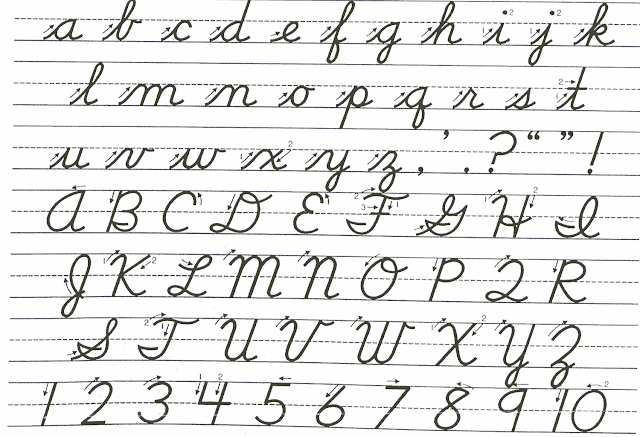A quote attributed to Confucius says: "To know what you know and what you do not know, that is true knowledge." A common genealogical saying similarly states that you should always begin your research by proceeding from what you know to what you do not know. I find that commonly, budding genealogists spend a lot more time worrying about the blank spots on their pedigrees than they do about making sure what they already have is accurate and correct.
The word "research" when used by genealogists has a different meaning than when used in other disciplines. Often the process of investigating and drawing conclusions from historical records is inappropriately compared to scientific or even legal research. As long as we all recognize that genealogical research depends entirely on historical sources and that the conclusions we draw from those sources are opinions based, in part, on the accuracy of those records, we are safe in making assumptions.
Let me illustrate this principle with a series of hypothetical situations. Let's suppose that you have been told your own birthdate and that your family celebrated your "birthday" every year on the same date. When you registered for school and filled in other forms over your lifetime, you always used your "known" birthdate. Now let's suppose that, following the popular trend, you take a DNA test and the results show that you are not related to your parents. Subsequently, you also discover that your "birth certificate" was in fact created during an adoption process and your real birthdate is unknown. Further investigation reveals that you were a foundling abandoned on the doorstep of a fire station and that your biological parents were never found at the time of the abandonment. Despite your lifelong tradition of celebrating your birthday on a specific day, your birthdate is actually unknown. You have been celebrating your adoption date all along.
This first example illustrates some important aspects of historical research such as the idea that historical documents are inherently unreliable and even though we might have multiple documents showing the same information, all of these documents may still be unreliable and simply copies of the same inaccurate document. In the hypothetical above, you may have used your supposed "birthdate" to create a number of other documents throughout your life, but because all those documents were based on the first inaccurate document, they were all wrong.
So who cares about whether or not a single date recorded on one or more documents is correct? Is there any point to historical or genealogical research when we can't completely rely on any single particular document? This lack of absolutes in historical/genealogical research is overwhelmingly frustrating to some and completely unknown to others who are involved in genealogy or family history. Given this uncertainty, genealogical research is technically never done as long as there is any possibility that additional historical documents or DNA information might be discovered.
In the situation concerning the invalid birthdate, realistically, the birthdate used during the individual's lifetime is the "valid" date because the only real use of a birthdate is to help a researcher distinguish between people with the same or similar name who match the same location, and to establish birth order. Birth records also help establish parentage when the record identifies a parent or the parents of an individual. However, parentage may take the cultural form of adoption, guardianship, step-parents, and other types of relationships.
Here is another hypothetical, although commonly occurring, situation. In this situation, let's suppose that despite extensive review of the available documents, no record containing birth information can be found. This is an example of Rule #2 of the Rules of Genealogy, "Rule Two: Absence of an obituary or death record does not mean the person is still alive. The restatement is this rule is that absence of a birth record does not mean that the person never lived.
So what is genealogical research? One simple definition is that genealogical research is the process of examining historical records and extracting and recording information about a particular relationship of individuals or families going back in time. The process becomes challenging when the historical record is incomplete or contradictory. In addition, genealogical research identifies patterns of relationships built upon naming practices, cultural practices, and kinship systems.
Obviously, genealogical research depends on both the preservation and availability of historical records. I recently received a comment where an individual "discovered" relationships going back to Charlemange. Unfortunately, during most of the time when genealogies were being compiled, the main purpose of a pedigree was to add legitamcy to an ancestral line usually to establish a royal connection. Most of these pedigrees have no real basis. All valid genealogical research must be supported by a demonstrable parent/child relationship. If you choose to believe an extended pedigree connecting you to a royal family line, you can certainly believe what you want to believe but a careful examination of these pre-fabricated pedigrees always discloses gaps in the parent/child documentation.
I have examined thousands of pedigrees over the past almost 40 or so years and I have seen only a very small number of pedigrees that unarguably connected a person back to royalty.
To summarize; genealogical research is the process of examining historical records, extracting information about individuals and families, and then recording and documenting that information in an organized manner.

























